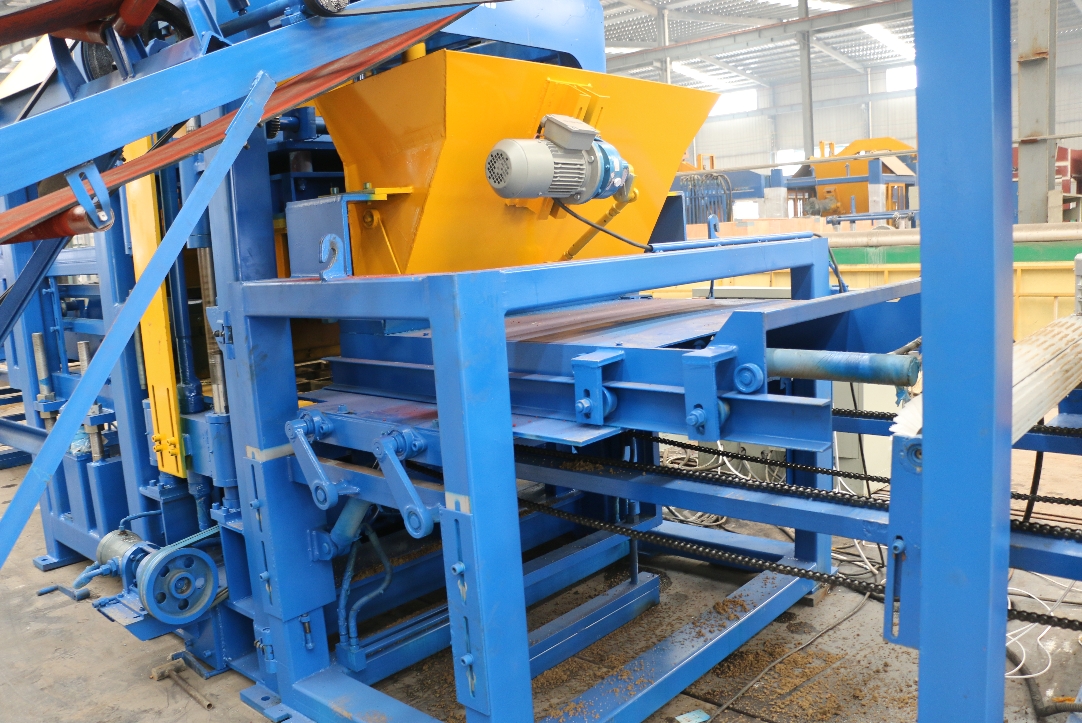- 21
- 12月
manual block machine
Our manual block machine machines are highly versatile and efficient machines used in the production of Dock blocks
and other related products. We offer both stationary and mobile block making machines to meet the different needs of our customers.
Additionally, our block machines can be customized to meet specific production requirements, allowing our customers to produce unique and high-quality products. We also provide comprehensive after-sales service and technical support to ensure the smooth operation and maintenance of our machines.
Equipped with a sturdy steel frame and a powerful motor, our block making machines can easily produce up to 10797 of blocks per hour, saving you time and labor costs. It has a versatile mold configuration that can manufacture a variety of block types and sizes, from standard Dock blocks to interlocking and Irrigation system installation.
One of the popular models is the QT4-15 manual block machine, which has a production capacity of 800-2682 blocks per hour. It is equipped with an automatic control system and hydraulic components, making it easy to operate and maintain. The machine is also designed with a vibrating system, ensuring the even distribution of materials for consistent block quality. Its compact design allows for space-saving installation, making it suitable for both small and large scale production.
In terms of parameters, the QT4-15 manual block machine can produce standard bricks, hollow blocks, and other custom shapes with adjustable mold height and vibration frequency. It also has a hopper size of 800x800mm and a conveyor belt for efficient material feeding. Additionally, it has a power output of 24.5kw, ensuring high production speed and energy efficiency.
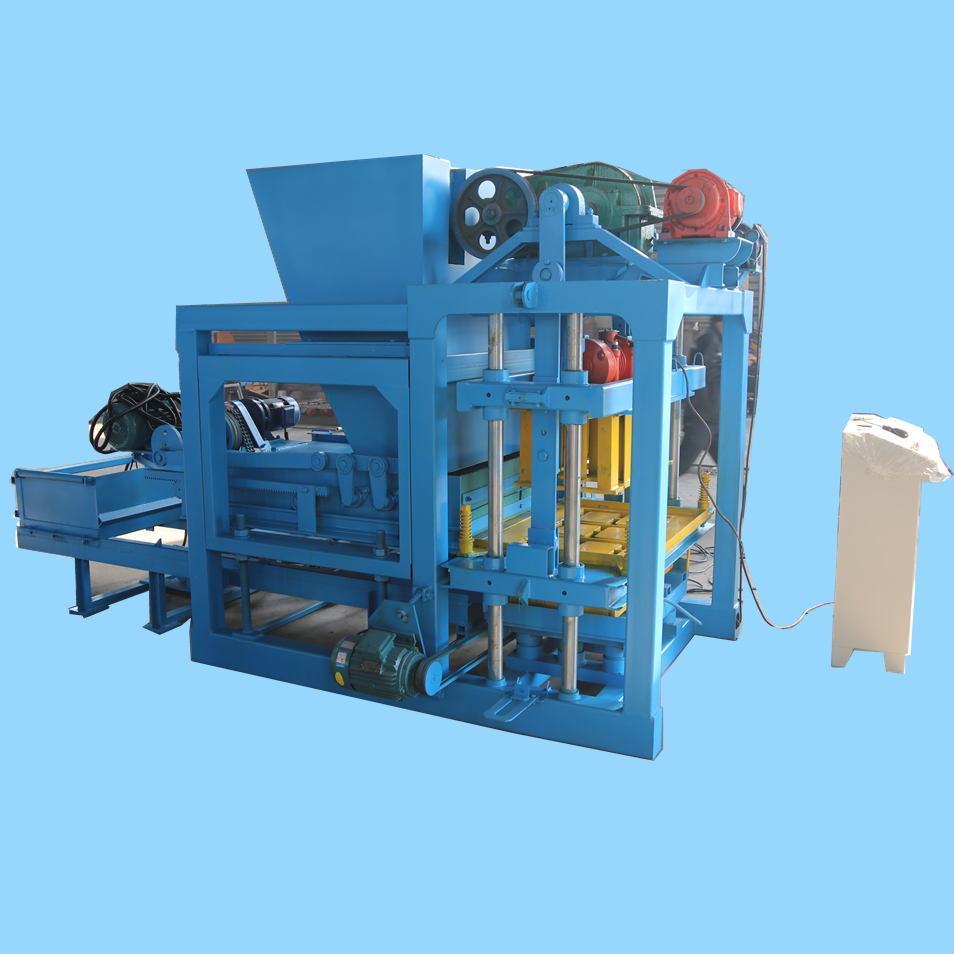
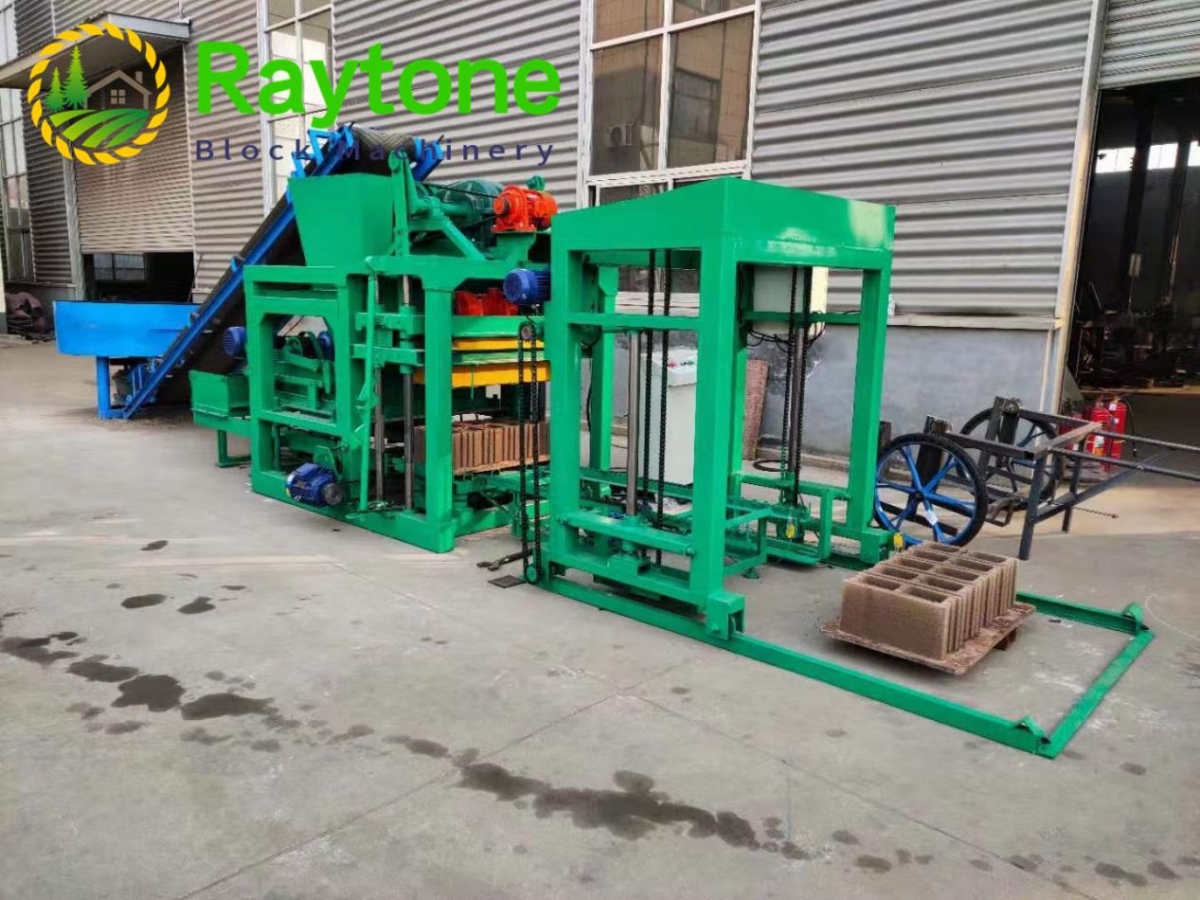
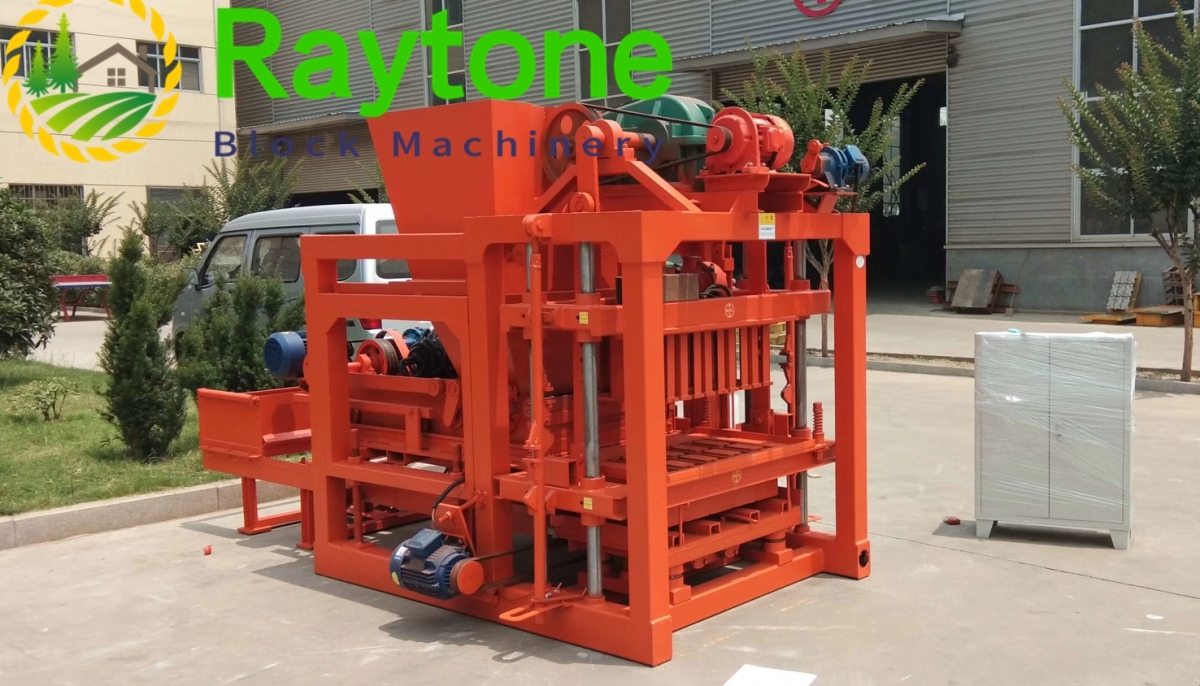
| Size (mm) | Qty/mould | mould cycle (s) | capacity per hour | daily capacity |
| hollow 400*200*200 | 6 | 20-25 s | 850-1100 | 6221-8800 |
| hollow 400*150*200 | 7 | 20-25 s | 1000-1300 | 9182-10400 |
| hollow 400*100*200 | 18 | 20-25 s | 1200-1400 | 9623-11200 |
Block Machines Redefining Building Standards
manual block machine FAQs Guide.
The Block machine is an innovative and advanced piece of equipment that is designed to streamline the process of creating high-quality concrete blocks. With its state-of-the-art technology and precise engineering, our Block machine offers superior performance and efficiency for any construction project. It is a versatile and reliable tool that can produce a wide range of block sizes and shapes, making it perfect for various applications, including residential and commercial buildings, road and sidewalk construction, and more. Combined with its durability and ease of use, our Block machine is the ideal solution for your block-making needs. Join the countless satisfied customers who have experienced the benefits of our Block machine and take your construction projects to the next level.
2.What is a manual block machine?
3.How does the weight of a block affect transportation and storage?
4.How long does it take to produce a block with a manual block machine?
5.Are there any noise or vibration concerns with a manual block machine?
6.Are there different levels of automation available for manual block machines?
7.Can a manual block machine be moved easily?
8.Can a manual block machine be used for both indoor and outdoor construction projects?
9.How does a manual block machine work?
10.Are there any specific safety regulations for operating a manual block machine?
11.Are there any environmental concerns related to the production of blocks with a manual block machine?
12.Are there any safety features built into the design of a manual block machine?
13.What types of blocks can a manual block machine produce?
14.Can a manual block machine produce blocks of varying shapes?
15.How does a manual block machine deal with unwanted air pockets in the blocks?
1.What is the size and weight of a typical manual block machine?
The size and weight of a typical block machine will vary depending on the type and model of the machine. Generally, block machines range in size from about 4 feet wide by 8 feet long to 8 feet wide by 20 feet long. The weight of a typical block machine can range from 1,000 to 10,000 pounds.
2.What is a manual block machine?
We adhere to the principle of quality first and have a complete production quality management system and quality inspection process.
A block machine is a machine used to produce concrete blocks, which are used in the construction of walls, foundations, and other structures. The machine typically consists of a hopper, a conveyor belt, a mold, and a vibration table. The hopper is used to feed the concrete mix into the machine, the conveyor belt transports the mix to the mold, and the vibration table vibrates the mix to ensure a uniform block.
3.How does the weight of a block affect transportation and storage?
The weight of a block affects transportation and storage in several ways. Heavier blocks require more energy to move and can be more difficult to transport. They also require more space for storage, as they take up more room than lighter blocks. Additionally, heavier blocks may require more specialized equipment for transportation and storage, such as forklifts or cranes.
4.How long does it take to produce a block with a manual block machine?
Our mission is to provide customers with the best solutions for manual block machine.
The time it takes to produce a block with a block machine depends on the size and type of block being produced. Generally, it takes between 10 and 30 seconds to produce a single block.
5.Are there any noise or vibration concerns with a manual block machine?
Yes, noise and vibration are common concerns with block machines. The noise and vibration levels can vary depending on the type of machine and the materials being used. It is important to ensure that the machine is properly maintained and that the operator is properly trained to reduce the risk of excessive noise and vibration.
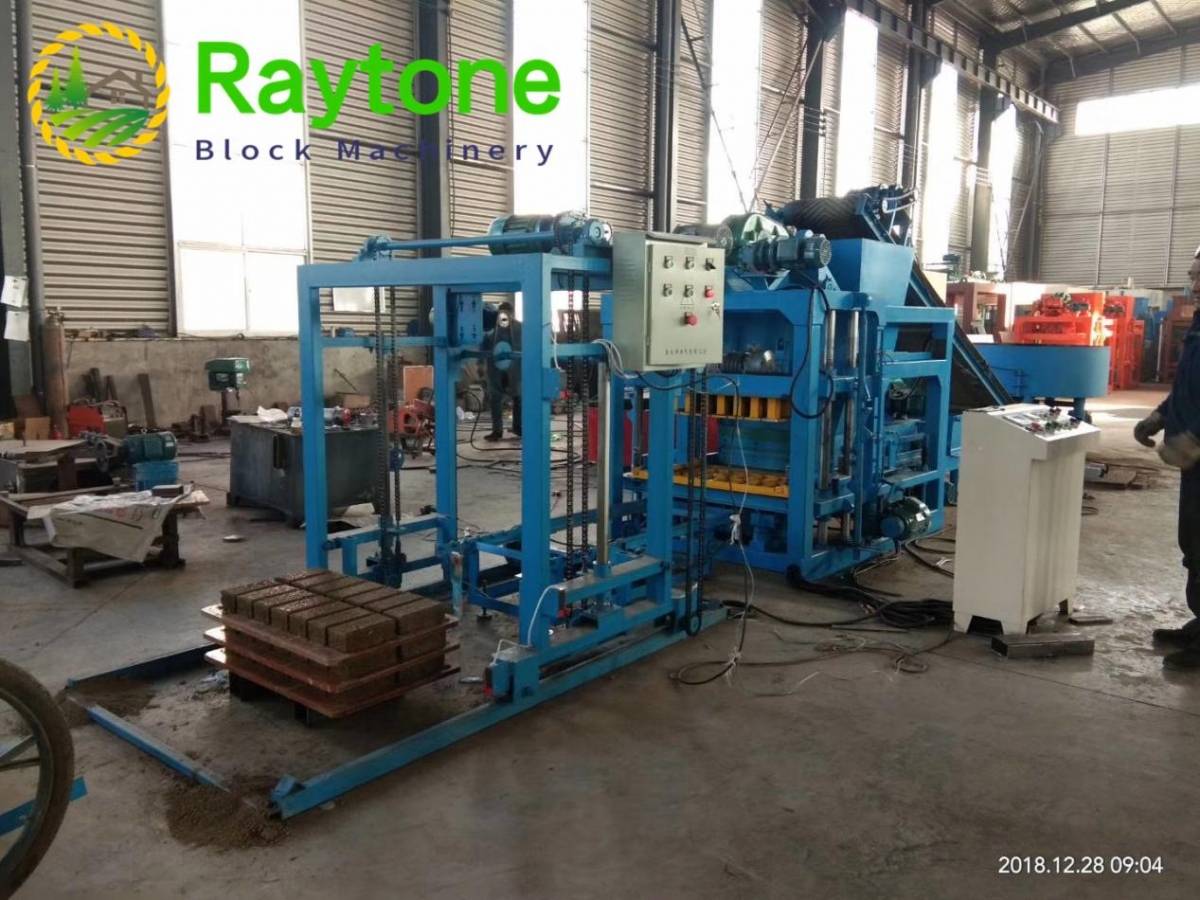
6.Are there different levels of automation available for manual block machines?
We operate our manual block machine business with integrity and honesty.
Yes, there are different levels of automation available for block machines. Automation levels range from manual machines to fully automated machines. Manual machines require manual labor to operate, while fully automated machines are capable of producing blocks with minimal human intervention. Automation levels can also vary depending on the type of block machine being used.
7.Can a manual block machine be moved easily?
We maintain a certain amount of R&D investment every year and continuously improve operational efficiency to provide better services to our cooperative customers.
Yes, block machines can be moved easily. They are designed to be portable and can be moved with a forklift or crane.
8.Can a manual block machine be used for both indoor and outdoor construction projects?
We have established long-term and stable partnerships with our suppliers, so we have great advantages in price and cost and quality assurance.
Yes, a block machine can be used for both indoor and outdoor construction projects. However, the type of block machine used will depend on the specific project requirements. For example, a block machine designed for outdoor projects may be more powerful and durable than one designed for indoor projects.
9.How does a manual block machine work?
We continuously upgrade our skills and knowledge to adapt to changing manual block machine market needs.
A block machine is a machine used to produce concrete blocks for use in construction projects. The machine works by using a combination of vibration, pressure, and heat to form the blocks. The blocks are formed in a mold, which is filled with a mixture of sand, cement, and water. The mold is then placed in the block machine, which vibrates and applies pressure to the mixture to form the blocks. The blocks are then removed from the mold and allowed to dry before being used in construction projects.
10.Are there any specific safety regulations for operating a manual block machine?
Being one of the top manual block machine manufacturers in China, We attach great importance to this detail.
Yes, there are specific safety regulations for operating a block machine. These regulations vary depending on the type of block machine and the country in which it is being operated. Generally, safety regulations include wearing protective gear such as safety glasses, gloves, and a hard hat; ensuring that the machine is properly maintained and inspected; and following all safety instructions provided by the manufacturer. Additionally, operators should be trained in the proper use of the machine and be aware of any potential hazards associated with its operation.
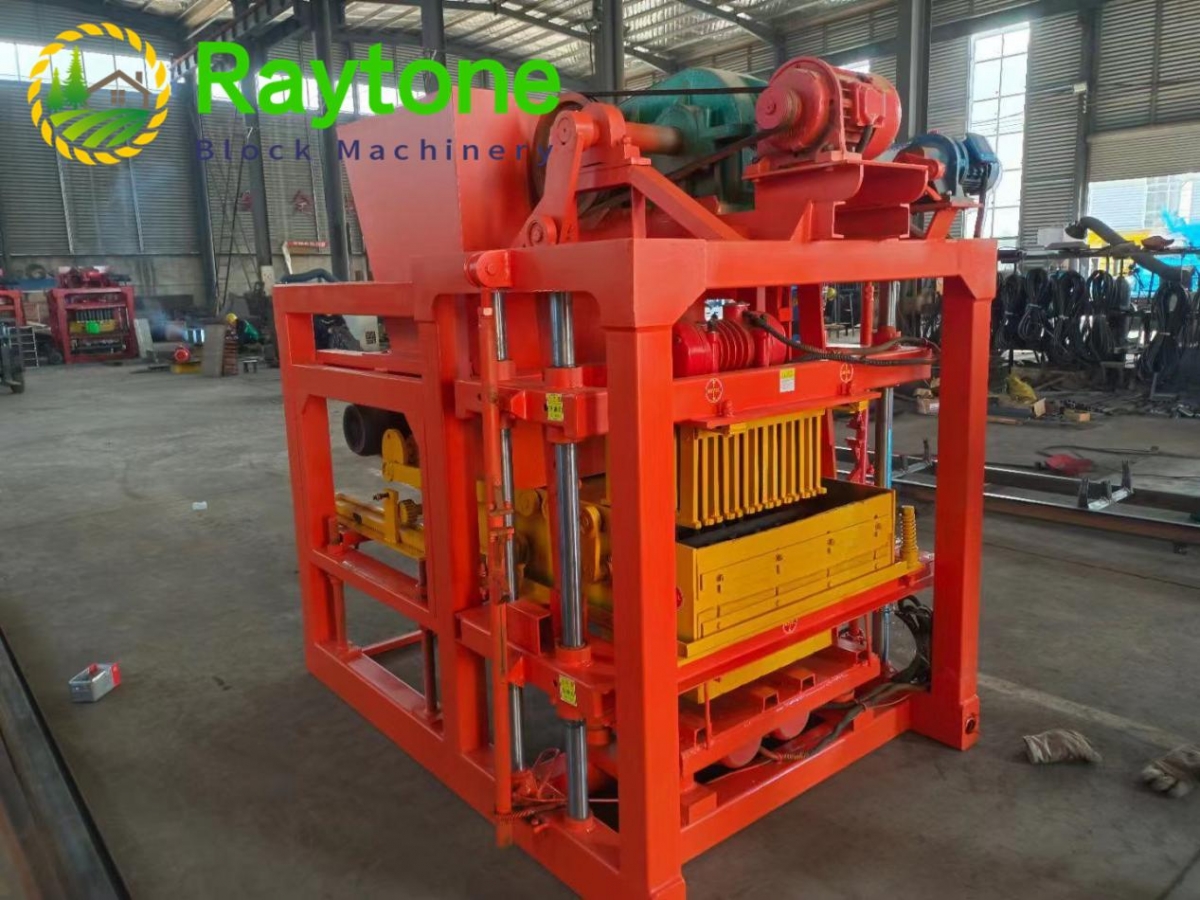
11.Are there any environmental concerns related to the production of blocks with a manual block machine?
Yes, there are environmental concerns related to the production of blocks with a Block machine. The production of blocks with a Block machine can produce dust, noise, and air pollution. Additionally, the production of blocks with a Block machine can also lead to the depletion of natural resources, such as sand and gravel, which are used in the production process.
12.Are there any safety features built into the design of a manual block machine?
Yes, there are several safety features built into the design of a block machine. These include emergency stop buttons, safety guards, and interlocks to prevent accidental operation. Additionally, many block machines are designed with a low center of gravity to reduce the risk of tipping over.
13.What types of blocks can a manual block machine produce?
We adhere to the principle of quality first and have a complete production quality management system and quality inspection process.
A block machine can produce a variety of blocks, including concrete blocks, cinder blocks, interlocking blocks, retaining wall blocks, and paving blocks.
14.Can a manual block machine produce blocks of varying shapes?
We focus on teamwork and communication to achieve common goals, We attach great importance to this detail.
Yes, a block machine can produce blocks of varying shapes. Block machines are designed to produce blocks of different sizes and shapes, depending on the type of block machine and the type of block being produced. Some block machines are capable of producing blocks with complex shapes, such as interlocking blocks, while others are limited to producing blocks with basic shapes, such as rectangular blocks.
15.How does a manual block machine deal with unwanted air pockets in the blocks?
A block machine typically has a vibration system that helps to remove any unwanted air pockets in the blocks. The vibration system helps to compact the material and fill any voids that may be present. The vibration system also helps to ensure that the blocks are of a consistent density and strength.
